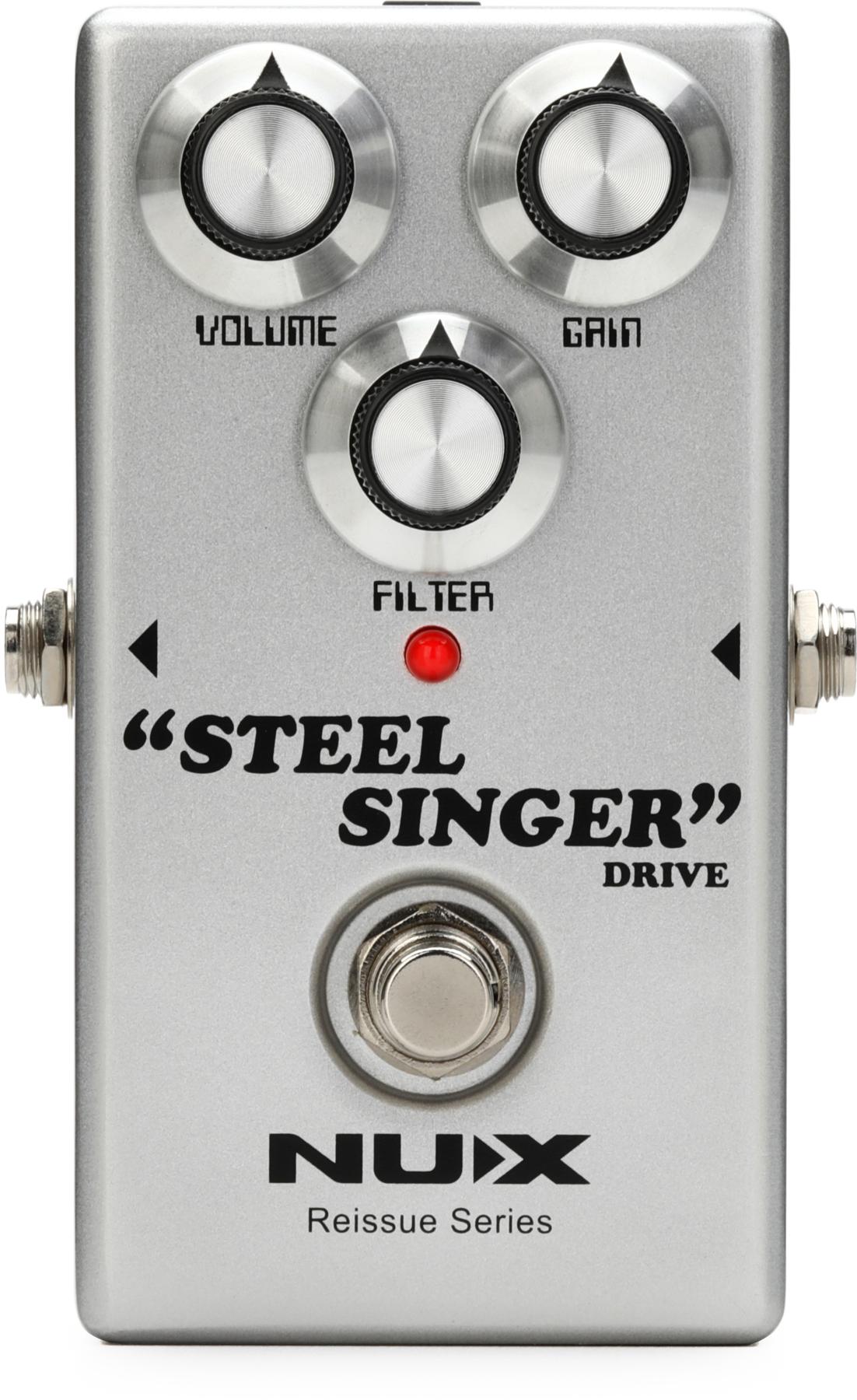 from Jody Fisher's Mastering Jazz Guitar Chord/Melody |

Chords built with 4ths have a sort of rootless character, making them rather ambiguous in regard to key centers. They have no standardized names so we will name them with the lowest note of the chord. If the bass is F, and there are a total of three notes a 4th apart, we will call the chord “F quartal 3.” If there are four notes in the stack, we will call it “F quartal 4,” and so on. Quartal chords can be used to harmonize melodies which would ordinarily be harmonized with a minor chord.

Listen |  |
Listen |  |
Quartal chords can also be used to create tension in a progression.
Listen |  |
The previous examples used pure (perfect) 4ths. It is possible to employ what we call diatonic 4ths as well. When harmonizing a major scale in 4ths we need to make adjustments to the chords to stay within the bounds of the diatonic key. In the example below we are building quartal 3 chords in C. Notice that when we come to the seventh degree of the scale we use a Bb to make an augmented 4th instead of a Bb, which would make a “pure” perfect 4th. We make this adjustment to stay in key since there is no Bb in the C scale. At times you might find it preferable to use chords built from “diatonic” 4ths. It’s really a matter of taste, so experiment.
The following chart shows the chord shapes for the quartal chords in C, and what happens when we invert these shapes.









![Rig Rundown: Russian Circles’ Mike Sullivan [2025]](https://www.premierguitar.com/media-library/youtube.jpg?id=62303631&width=1245&height=700&quality=70&coordinates=0%2C0%2C0%2C0)
















